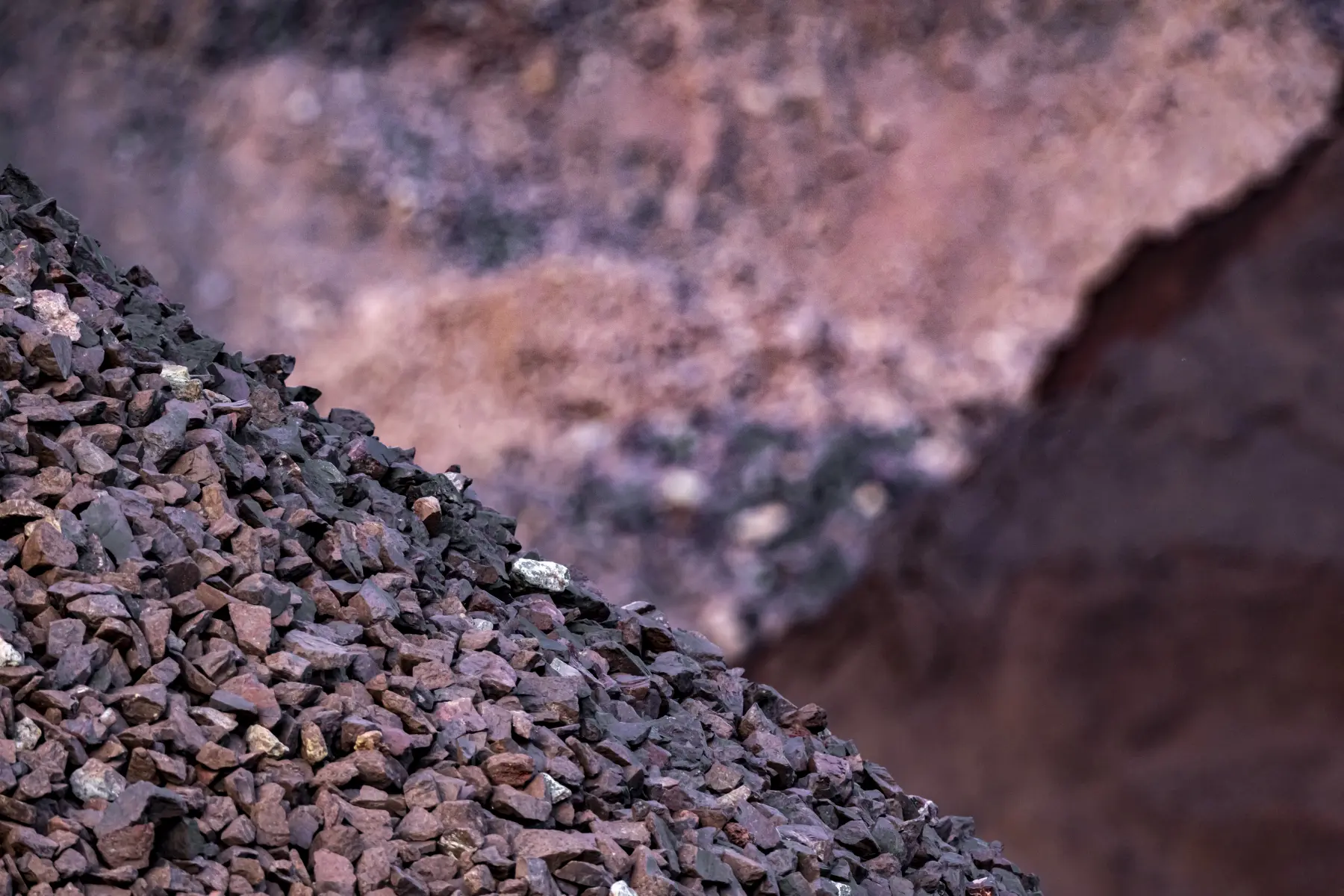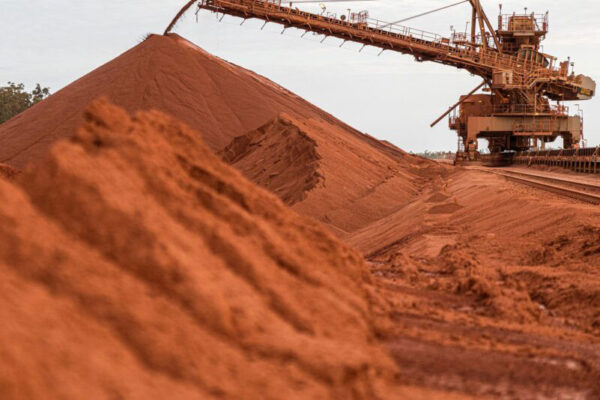Description
Bauxite is the primary ore used for aluminum production, and its main component is aluminum oxide (Al₂O₃). This mineral is typically found in regions with warm and humid climates and possesses specific characteristics that make it a valuable resource.
Chemical Composition
Bauxite primarily consists of the following compounds:
- Aluminum Oxide (Al₂O₃): The high aluminum content in bauxite determines its economic value for aluminum production.
- Silica (SiO₂): Usually present in bauxite and can act as an impurity during aluminum production.
- Iron Oxide (Fe₂O₃): The amount of iron oxide affects the quality of bauxite.
- Moisture: The moisture content is also a significant factor in the bauxite trade.
Extraction Method
Bauxite is typically extracted using open-pit mining. This method involves surface drilling to access underground reserves and is commonly used due to its low cost and ease of access to mineral deposits.
Aluminum Production Process
Bauxite is processed for aluminum production through the Bayer Process. The key steps include:
- Calcination and Grinding: Bauxite is crushed and mixed with caustic soda (NaOH).
- Pressure Reactor: Under high temperature and pressure, aluminum oxide dissolves, and impurities are separated.
- Cooling and Crystallization: The solution is cooled, and crystalline aluminum oxide is separated.
- Electrolysis: In the final stage, aluminum oxide undergoes electrolysis to produce pure aluminum.
Market and Applications
Bauxite is primarily used in the aluminum industry, but it also finds applications in the production of other chemicals and ceramics. The price and demand for bauxite are influenced by various factors, such as global aluminum market fluctuations and the economic conditions of both producing and consuming countries.


Reviews
There are no reviews yet.